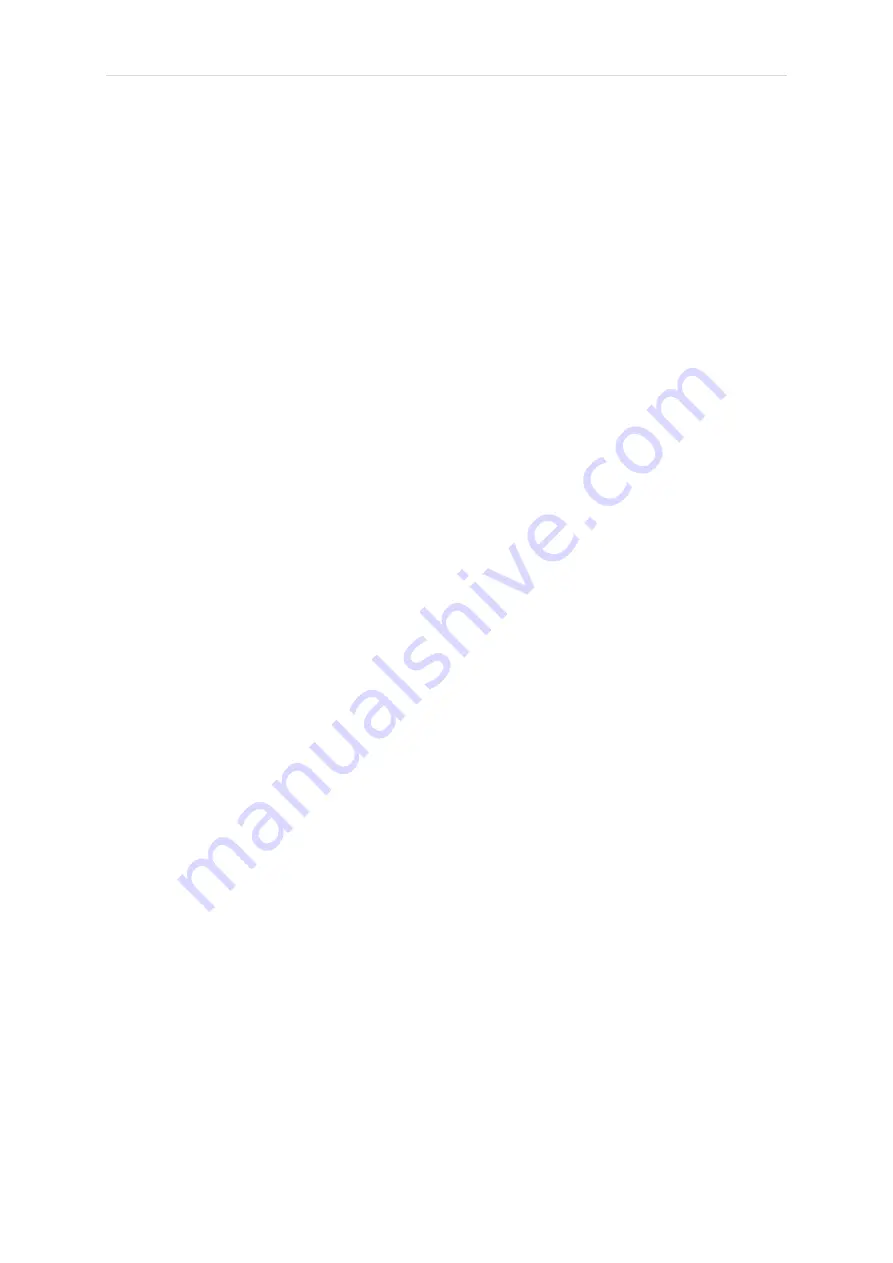
P a g e
|
11
Avolites Ltd
184 Park Avenue, Park Royal, London, NW10 7XL, England.
Switchboard: +44 (0) 208 965 8522 Sales Direct: +44 (0) 208 955 9220 Fax: +44 (0) 208 965 0290
www.avolites.com
If you select a percentage value and hold down, a slide bar will appear.
As with using the encoders, as soon as you change a value it will highlight in cyan,
indicating it is in the programmer. If you then want to take this attribute out of the
programmer, click it again and it will go grey.
6.3 Highlight
Highlight will let you see fixtures one at a time, very useful for creating positions where
you want to be able to see where the rest of your fixtures are, but still be able to see
which one you are controlling.
Select the group of Spots, then press [Highlight] and use the [Fix +1] and [Fix -1] to
step through the fixtures.
7 Creating Palettes
7.1 Palette Types
A palette can be one of two types, either shared or normal.
A shared palette takes one piece of information, such as the colour mixing values for
red, and shares it across all fixtures of the same type. This means that if I save a shared
colour palette using one of the Spots then the rest of the Spots can use it, because they
are exactly the same fixture, in exactly the same mode. If I then selected an LED parcan
and tried to use that colour palette, as it is a different fixture then it will not be able to
use that colour information. So, to create a colour palette for blue for all my fixtures, I
would select at least one of each type of fixture, set them all to blue and then save it. As
long as the fixtures of the same type all have the same value, the console will
automatically save it as shared. As it is a shared palette, if I then add more fixtures of
the same type into the showfile, they will immediately be able to use the shared values.
A normal palette will save each light in the programmer’s individual value into the
palette. This is mainly used for position palettes. If I point 4 fixtures at the centre vocals
spot, they will all have different values for pan and tilt, and a normal palette will save
these individual values for you. However, this means that the palette will only work for
the fixtures that have values in the programmer when you save the palette. If you wish
to add more fixtures into the palette later on you will need to update it.
7.2 Creating a Shared Palette
To create a shared colour palette:
First, press [Clear], then select at least one Spot and at least one LED parcan, and press
[Locate]. Using the attribute editor, set the fixtures to red. See that the colour values
above the encoder wheels are highlighted, showing that it is in the programmer. Now,
open the Groups and Palettes workspace and double tap into an empty space in the
Colour palette window. Where the palette has been saved, there is a ‘C’ for colour
























